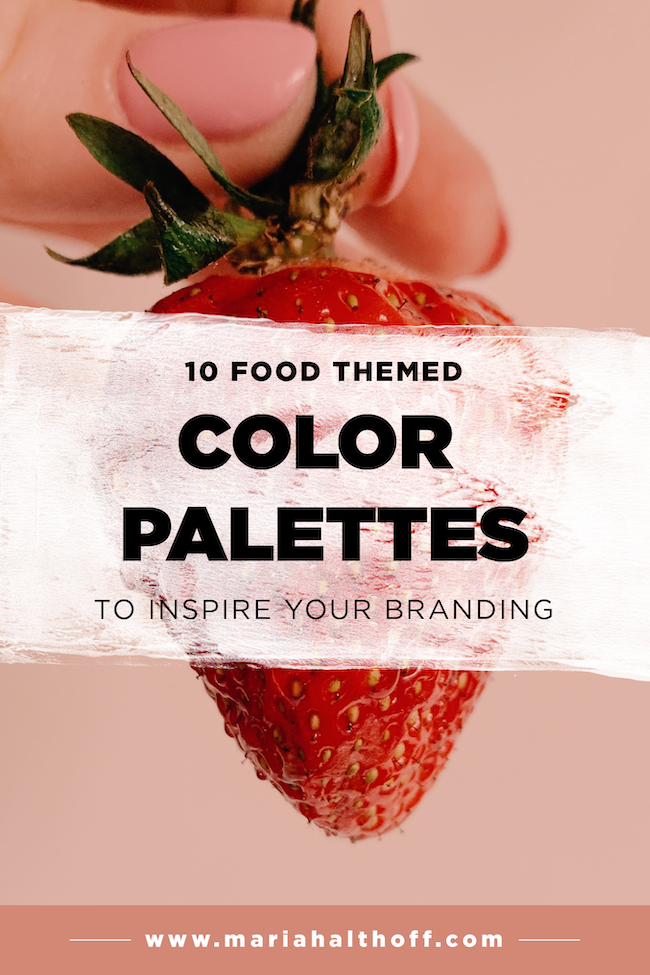How to Create a Mood Board to Inspire your Branding
Are you working on creating your branding, but have no idea where to start?
GREAT! Then you’re in the right place. AND you’re definitely not alone.
Knowing where to start when developing your logo and branding can be crazy overwhelming. But good news – it totally doesn’t need to be!
So where do we start?
Step One: Gather design inspiration.
You can read a whole post about that here >>
Step Two: Create a mood board.
Okay awesome, so what the heck’s a mood board?
A mood board is a group of images, textures, patterns, colors and fonts, combined on one page to convey a mood, feeling and/or style.
This mood board then serves as your main inspiration for the rest of the project.
examples of mood boards:
Here you can see an example of a mood board I created for a client, and how it influenced the design of their website.
Mood Board
corresponding Website Design
Having a mood board helps narrow your focus, gives you inspiration, and leads you down a path that relates well to your brand and business.
Now let’s learn how to create your own mood boards!
Inspiration
Like I said above, the first step to creating a mood board for your brand is to find design inspiration.
I like to start on Pinterest, and create a secret board for my project.
Once you’ve created your own secret board it’s time to get pinning! I recommend spending the next 30-45 minutes pinning anything that catches your attention and relates to your brand.
While finding inspiration, keep in mind these three key elements to ensure your mood board properly represents your business:
Who your brand serves (ie. millennials, women, business owners, etc.).
What your business does.
How you want others to perceive you (ie. professional, playful, inviting, warm, etc.).
While pinning, keep these answers in the forefront of your mind and pin any images that resonate with these ideas or concepts.
Anything is fair game to pin: photos, colors, other logos and websites, patterns, textures, etc. If you need a starting point, check out my Pinterest profile where I have thousands of pins that would fit these categories perfectly.
Related Post – >> Where to Find Design Inspiration and Beat your Creative Block
Identify Trends
Once you have around 30-40 images on your inspiration board, it’s time to reassess.
Now that you’re seeing all of these images in one place, you probably have begun to notice some trends among them. Maybe a lot of your images are very feminine or the majority of them incorporate a lot of white space. Maybe they are all very bright and vibrant. No matter what the trends are, identify them.
Don’t see any trends yet? Keep pinning until you do!
Narrow Down your Images
Once you’ve identified your trends, it’s time to start narrowing down your images.
The best way to go about this is to eliminate the outliers, or any images that don’t make sense among the rest. Pick out any pins that don’t fit the trends you identified or no longer make sense for your brand and delete them from your Pinterest board.
Choose your Favorites
Once your board looks cohesive and unified, it’s time to start choosing which images best represent your brand.
By now, your board probably has 20-30 images left on it. We next we need to narrow it down even further, considering a typical mood board contains less than 10 images.
From here you can either start choosing your favorites, or continuing to delete your least favorites. Either way, continue to whittle it down until you’ve decided on your favorite, most relevant images.
Here is what you should aim to end up with at the end:
2-5 Relevant Photos
1-2 Example of Text or Font
1-2 Patterns or Textures
Develop a Color Palette
From the images you’ve selected, it’s time to develop a color palette.
There are several ways to do this, which I’ve laid out, step-by-step in this post that you can check out here!
In general, it makes the most sense to develop your color palette from the photos and images you’ve selected for your mood board. You can probably sense a trend or unifying colors among the images you’ve selected, so pulling directly from them is the most natural and cohesive way to go about this step.
Again, take a look at the Finding the Perfect Color Palette post to understand how exactly to do this and how to find accompanying colors.
Create your Mood Board
Now it’s time to put together your mood board!
** These mood boards are no longer available to download, but you can get access to them in my branding course, The Brand Design Blueprint!**




















